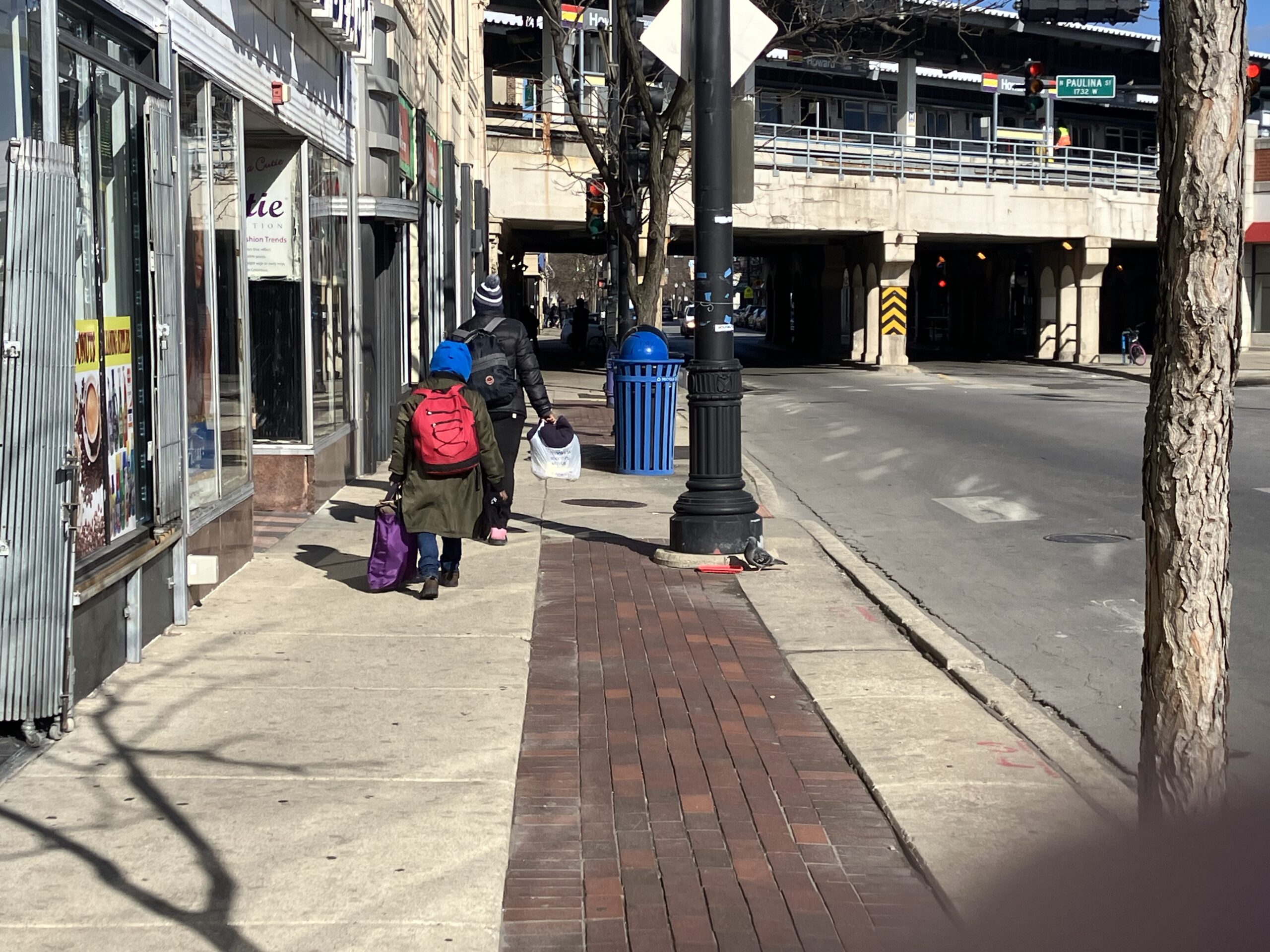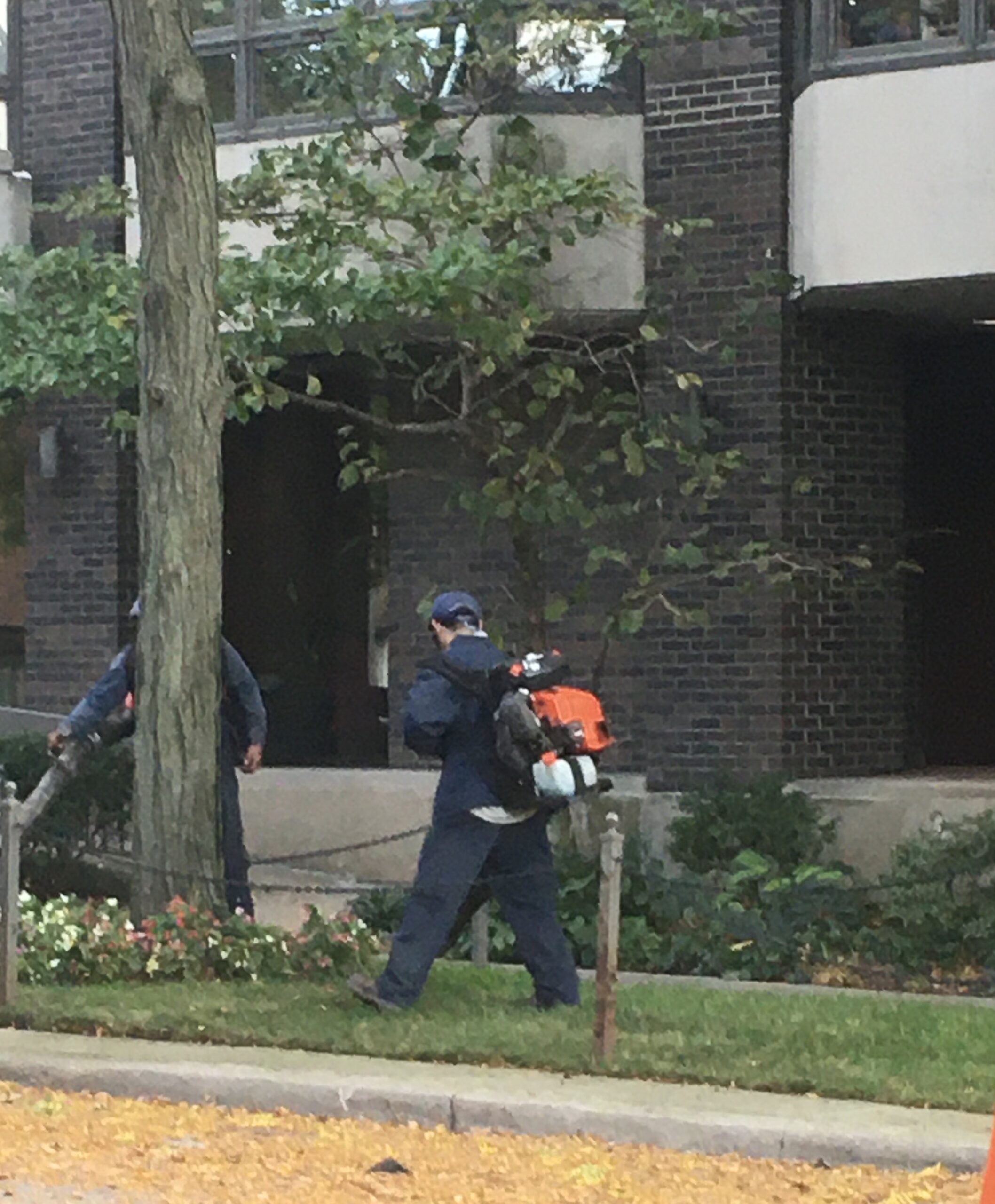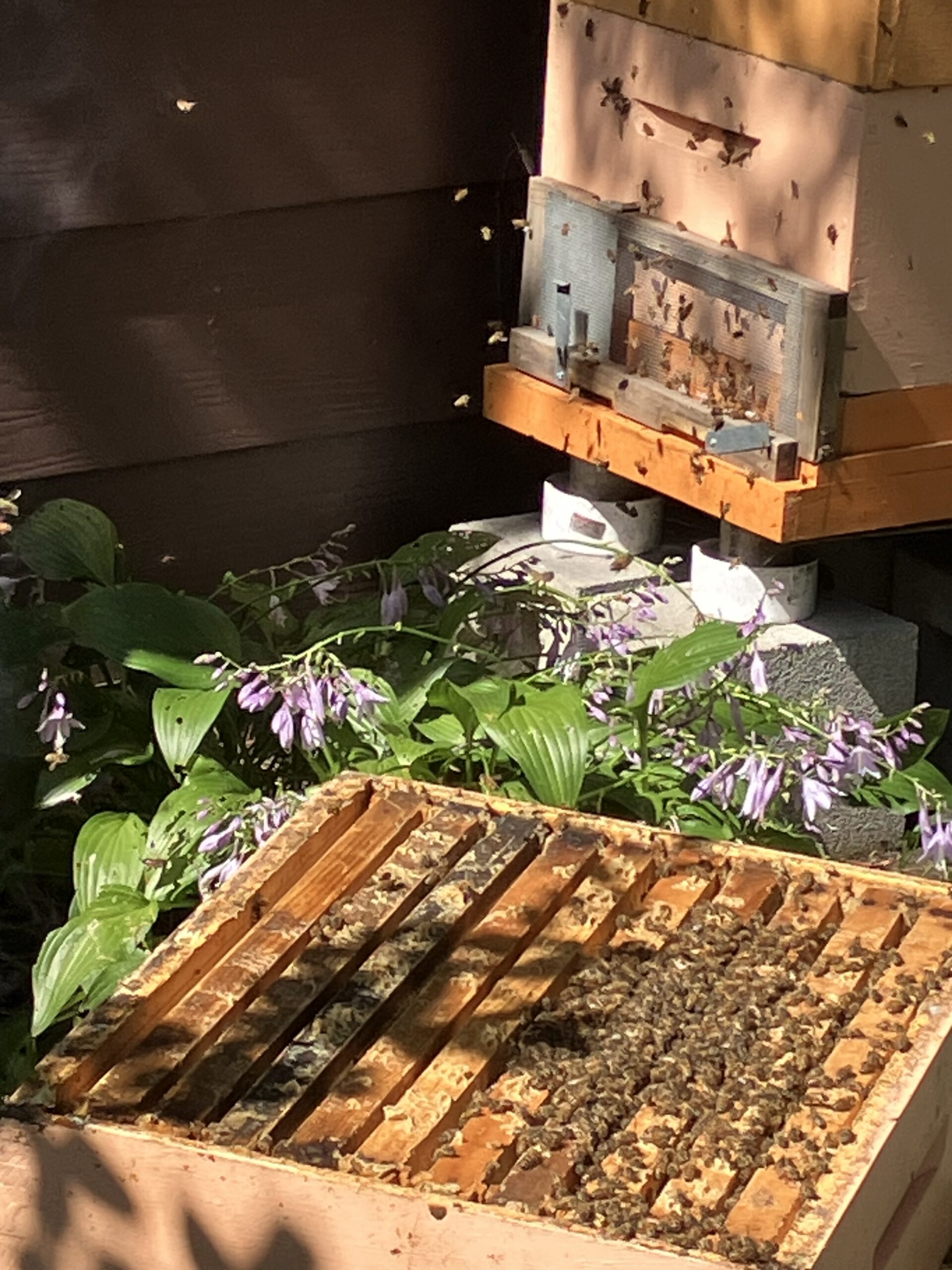
By Bob Seidenberg
Evanston property and business owners in the Main-Dempster Street business area, some facing blistering property tax increases in the latest tax bills, brought their concerns to Cook County Assessor Fritz Kaegi in a freewheeling discussion July 21.
Mr. Kaegi was sympathetic to the taxpayers concerns during the nearly one hour meeting held over Zoom, acknowledging in several cases that an error may have been made and that his office would look into the concerns.
At the meeting, Ellen King, co-owner of Hewn Bread, told the assessor that over the course of five months, “I had the unenviable position of buying a building and moving in the middle of a pandemic (from Dempster to Central Street) and dealing at the same time with property tax bill that recently came out as part of the reassessment.
In that short time, “the world has changed,” she said. “I run a bakery and a food business and we’re operating in a world that is not the same, and it won’t ever be. And it’s going to be at least two years until we can say that economically we’re coming back.”
And so while those with the various taxing bodies say they need more money, “I feel like it’s a little tone deaf in that we’re literally fighting for survival,” Ms. King said. “And we employ 30 people and we provide them medical and we provide them benefits. And when I hear people say we need more money, I think it’s the wrong audience. They need to start waking up.”
“We used to do 70 wholesale customers, March 16,” she said, leading up to the Covid shutdown. “March 17, we were down to four. And so I know all those businesses that have shut down and won’t be coming back and, if they do, they’re going to be very different.”
Mr. Kaegi pointed out that his office initially fixed $4.5 billion as the assessed value figure for Evanston, and yet “the (Cook County) Board of Review whittled that down about a billion dollars. And that raised the rate on you,” he told his audience.
“Most of the reductions were for big commercial properties, where Crain’s (Chicago Business) said the reduction in value was hard to explain,” he went on. “So I think there does need to accountability at the Board of Review level for these reductions, (which) really went to big property owners and came at the expense of small property owners and homeowners.”
Dan Coyne, who lives in the area and campaigned for Mr. Kaegi, helped to put the meeting together, working with Hitesh Desai, the City of Evanston’s Chief Financial Officer, and Katherine Gotsick, Executive Director of the Main-Dempster Mile, the Special Service Area for the commercial districts.
Mr. Coyne explained, “that the whole idea was to get a relational conversation going between the Assessor’s Office and our business-property owners, because so many had gotten their bills July 1st,” referring to the second installment tax bills for 2019. (The County collects 2019 taxes in 2020).
He said his own Reba Fellowship organization, which owns real estate in the area, was among the property owners feeling the sting. “We pay about $650,000 a year in property taxes,” he said. “What we found, the average of all our properties, (for) both buildings and houses — it was about a 15 percent increase.”
One property owner’s experience
One speaker, Kirby Henderson, told Mr. Kaegi that he’s the owner of a building at 831 Chicago Ave., which originally was built as a stable in 1896.
“I’ve had it for about eleven years,” he said. “When I started in the building, taxes were about two dollars and quarter per square foot per year, (with) about 14,000 leasable square feet in there, he said.
“I lost the two tenants that I had in the building because the taxes had gone to over $6 per square foot per year, and that made CAM (common area maintenance charges) unreasonable to them. Now, with my latest assessment, my taxes are about $14-per-square foot per year, which would result in a CAM charge to any potential tenants of $15 or $16 per square foot.
“Obviously, I don’t think I can get that out of my building,” he told Mr. Kaegi. “I did have an opportunity to sell the building earlier this year — I had a buyer pre-Covid. That deal fell apart, obviously because of the virus. But I think it would have fallen apart when he saw the tax bill that was coming in this year anyway. So I have a building that’s unreasonable and unsellable.”
To a question from Mr. Kaegi, Mr. Henderson said that the offer he received pre-Covid came to about half of the latest appraisal.
“That is great evidence of the fact that we didn’t get the number right,” the assessor responded. “We didn’t assess it properly. And as I look (on the computer)…an old stable, over a hundred years old, this is the classic kind of situation where our data cannot be good enough to work with because we’re probably comparing apples to oranges.”
He asked whether Mr. Henderson brought the case to his office’s attention, and Mr. Henderson said he had not, “because I thought that I would not be owning the building at this moment.”
“And so now I need to begin that process,” Mr. Henderson said.
Mr. Kaegi directed Mr. Henderson and others to get in touch with Kelwin Harris, the Assessor’s office Director of Outreach, who also participated in the virtual meeting.
Ms. Gotsick added that her district Main-Dempster district “is full of buildings exactly like Kirby described. We’re just south of downtown and most of the buildings are old legacy buildings, and I hear echoed in Kirby’s story, many of the other landlords in my district saying the same thing.”
Jean Kroll, also in the bakery business as the owner of Sugar & Spice Extraordinary Treats commercial bakery, at 2000 Dempster St., asked the assessor whether his office considered spreading assessments out beyond what is currently in place, “instead of dumping it all on a property owner and saying, ‘we are going to reassess your low property value and do it all in one assessment period..”
“Was there any thought given to saying, you know, this is a time of great uncertainty, this is a time of tremendous economic turmoil — this may be hard for businesses to absorb instead of putting this all into one assessment period.”
But Mr. Kaegi said a move could create problems of its own.
The best policy, he maintained, is adhering to a standard of fairness, and seeing that “we don’t confer favors on anyone. And then you can judge,” he told Ms. Kroll,
“As I sit here and look at the building in which I’m in, and there’s one other person on the call in the same building,” she said, “we have had extraordinary tax increases. I will tell you that mine is 980 percent. I’m pretty good at math so that’s actually an accurate number, 980 percent.”
Mr. Kaegi said his office participates in meetings such as this one “to drill down and figure out what happened, why is this?”
One of the first steps, he said, is “to lay out the assumptions that we use for your property and telling you those so you can follow our math, and you can show us where we got it wrong,” he told the taxpayers.
“Before our office, it was just a blank box,” he said about his predecessor. “You didn’t know where the number came from, often times it was untethered to actual market value so you wouldn’t know if you were over, under-assessed or not. And you probably got the short end of the stick in a system like that because insiders win when it’s all opaque.”
In response, his office has ramped up the hiring of more field to update data, as well as photographs. (One of the meeting participants said the photograph of his business on the Assessor’s web site was that of another business.)
In addition, “we’ve created our own commercial data portal,” he said, “so you don’t have to go through this terrible rigamarole of correcting us on data issues,” he said.
He said office is also trying to get a data modernization bill passed in Illinois which would give the Assessor’s Office the ability to collect operating income and expense data for income-generating properties.
Of the office’s efforts, “we are 250 people trying to value 1.8 million properties. The modeling is the easy part. It’s the data that goes into the model that’s the harder part, and we know that’s where we need to do our work,” he said.



